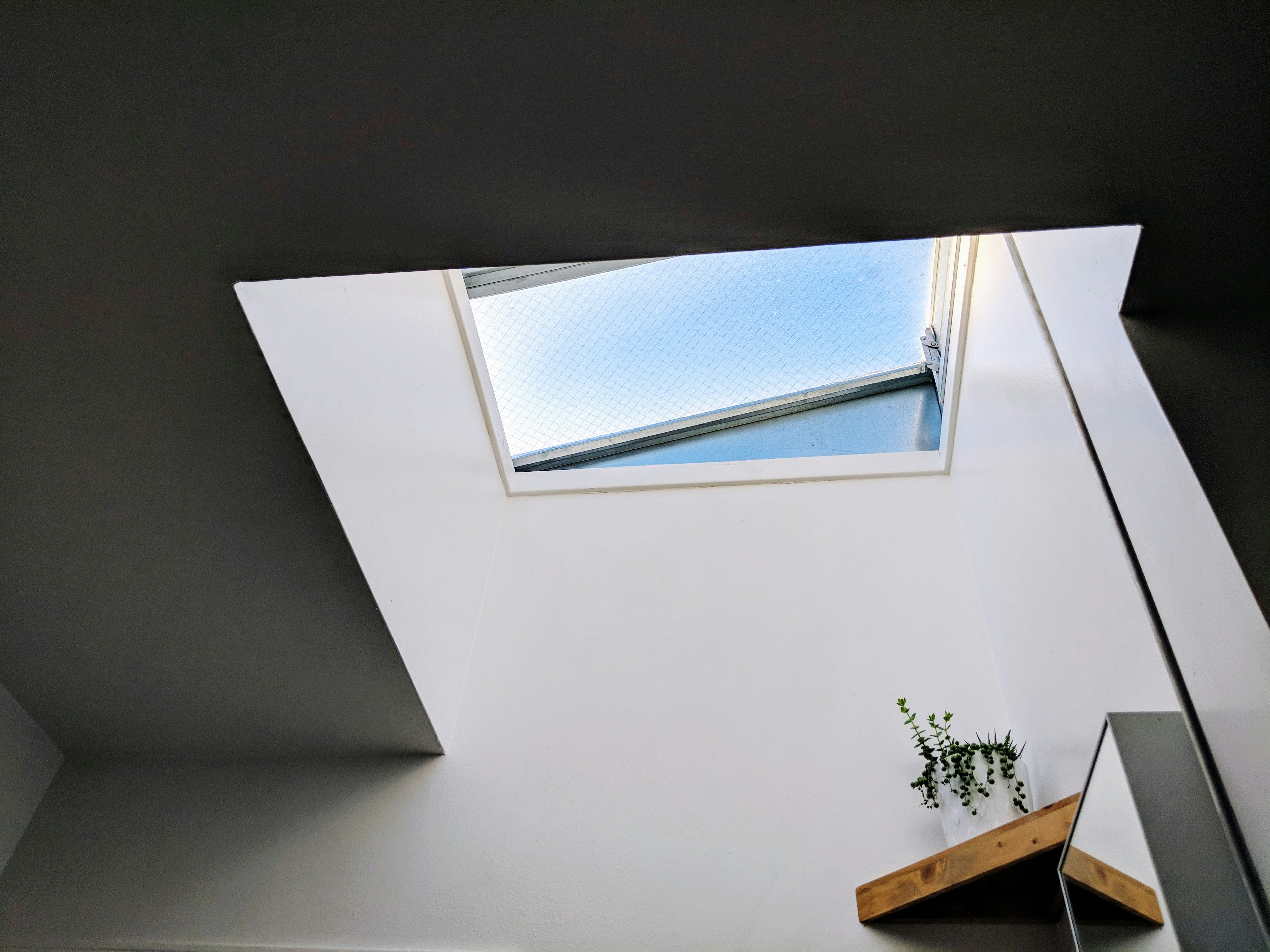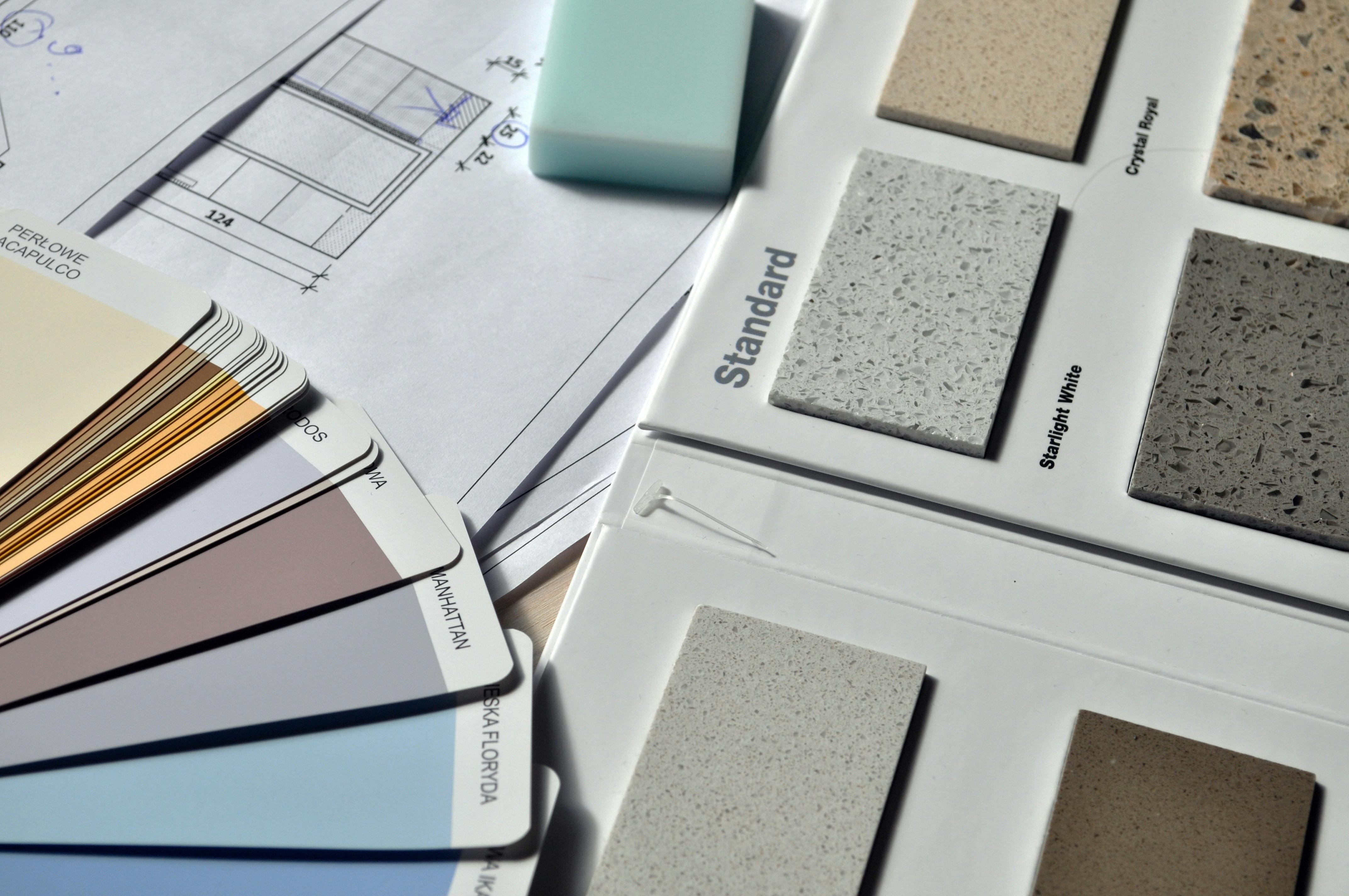Rethinking Spaces: Multifunctional Rooms in Modern American Homes
In today’s increasingly compact living conditions, multifunctional spaces have become a significant trend in American homes. Let's embark on a detailed exploration of this idea, and discover how you too can transform your domain into a wonder of efficiency, functionality, and beauty.

The Emergence of Multifunctional Rooms: A Historical Overview
Multifunctional room design is nothing new—it harks back to the days of one-roomed log cabins, where functionality and practicality were key. However, with the rise of residential architecture in the 20th century, homes got partitioned into multiple rooms, each with its specific purpose. It was a significant shift from homes intended to maximize space to homes aimed to segregate activities.
In the past decade or so, a return to multipurpose places has emerged. This trend reflects a more flexible, versatile lifestyle prevalent among modern homeowners in America. Rooted in adaptability, it is about creating spaces that transition smoothly from one function to another— a kitchen and work from home station, a bedroom and fitness studio, or a living room and art gallery.
The Relevance of Multifunctional Spaces in Modern Design
Today’s design world is pivoting towards efficiency, multipurpose solutions, and the smart use of space. By embracing the multipurpose room concept, homeowners augment the functionality of their homes without compromising aesthetics or comfort. This shift moves away from rigid room definitions, opening the door to creativity in managing spaces.
Most importantly, the multifunctional room concept aligns neatly with the changing notions of home and work caused by the pandemic. As remote work becomes normative, homes need to accommodate more functions without demanding additional square footage.
Multifunctional Rooms: Practicality and Application
The beauty of multifunctional rooms lies in their versatility. A large kitchen island can easily double as a dining table or a workstation. Bedrooms can incorporate spaces for meditation or exercise. Even bathrooms are becoming spa-like wellness zones, with elements like steam showers and freestanding tubs.
However, it isn’t about merely squeezing extra furniture into a room—it’s about thoughtful design and intelligent use of space. Particular attention is given to storage solutions—under bed storage, wall-mounted shelves, and space-saving furniture— that maintain harmonious and uncluttered settings.
Multifunctional Spaces—An Enhancement to Lifestyle and Living
Multifunctional room design calls for homeowners to look at their spaces and needs in tandem. The focus settles on a clean, minimalist design, promoting a sense of calm and order. The versatility of these spaces lends to the overall functionality of the home, creating areas that evolve with the homeowner’s needs.
A well-designed multifunctional space can inspire creativity, increase productivity, promote relaxation and entertainment, and accommodate guests—all without straining the structural integrity of a home.
In Conclusion
Multifunctional rooms represent the future of home design, allowing homeowners to get far more out of their living spaces than ever before. This design approach aligns with modern lifestyle needs, showcasing how innovative and adaptable design can transform our everyday lives. As homes become more digital and lifestyles more fluid, multifunctional rooms offer a renewed perspective on home design.




